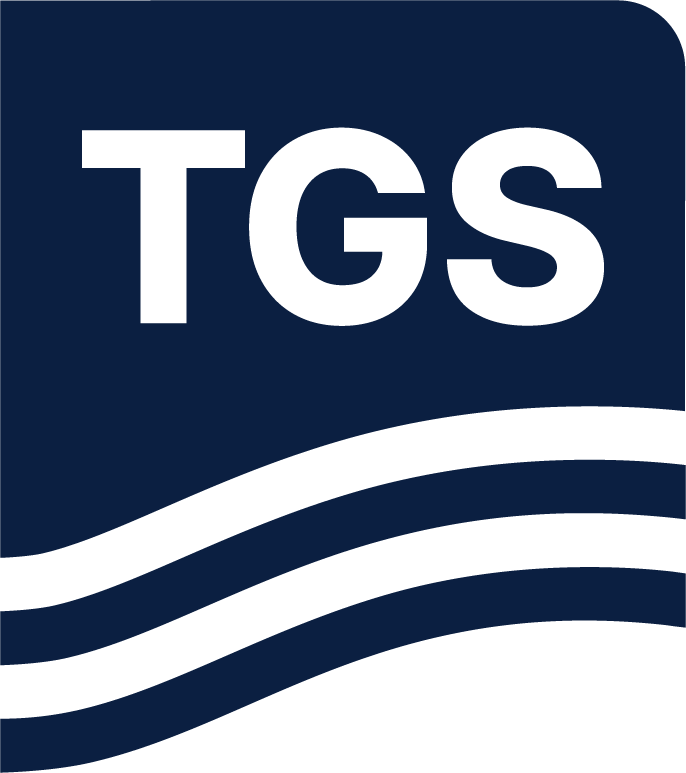First Published: GEO ExPro, July 2017
Abstract
The Gigante seismic survey is complemented by potential field data and over 600,000 km2 of multibeam data with coring and geochemical analysis. This provides the industry with a comprehensive database with which to evaluate the petroleum systems of the entire GOM. TGS’ interpretation study utilizes all available datasets and aims to deliver a complete regional tectono-stratigraphic interpretation of the Mexican offshore. A complex tectonic history has resulted in numerous structural provinces throughout the Mexican
Gulf of Mexico, each with characteristic structural styles and sedimentary sequences. This article presents an introductory discussion on the structural styles and play types that are witnessed in the seismic data and provide insights on each geological basin.
New seismic data has revealed a wealth of untested opportunities in the Mexican offshore.
The geological evolution of the Gulf of Mexico (GOM) began with Late Triassic rifting followed by Late Jurassic oceanic spreading and then transition to a passive margin. Thick Middle Jurassic salt deposited in rift basins began to move by the Late Jurassic. A stable tectonic setting developed from the Late Jurassic, characterized by carbonate deposition on shallow water structural highs fringing the subsiding oceanic basin. Large Late Cretaceous to Miocene clastic sediment inputs related to events like the Laramide and Chiapas orogenies resulted in gravity sliding and high amplitude fold belts along the western flanks of the basin. Complex contractional terrains in the southern GOM are overprinted by halokinesis, which also sets up deepwater play possibilities in the Salina del Istmo.

Figure: Structural styles in the Quetzalcoatl Extensional System (QES) and the Mexican Ridges (PSTM). This figure shows a possible Cretaceous reef structure (edge of the Faja de Oro), listric normal growth fault blocks and rollovers (as tested in the Lankahuasa and Kosni fields) and Mexican Ridges anticlines with amplitude anomalies and flat spots in Miocene and Pliocene sands in the fold crests.
The Gigante regional survey is ideally suited to creating a catalog of structural styles, depositional characteristics, and trap and play types for each of the Mexican GOM (MGOM) structural provinces. Seismic integration with potential field data helps constrain the tectono-stratigraphic framework and provides insights to deep structure and the extent of oceanic – continental crust boundaries. Several major structurally defined provinces are defined in the MGOM.
Read the full article here.

